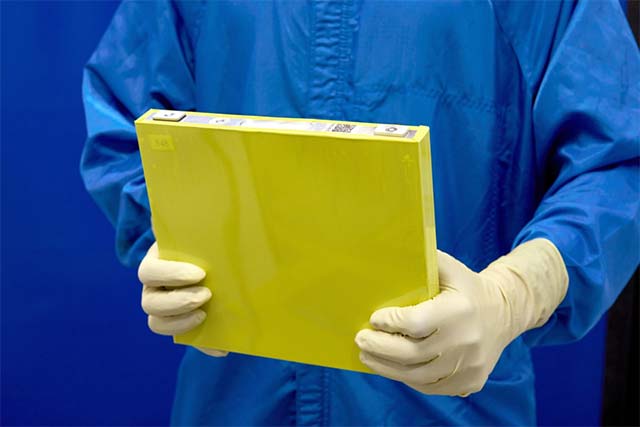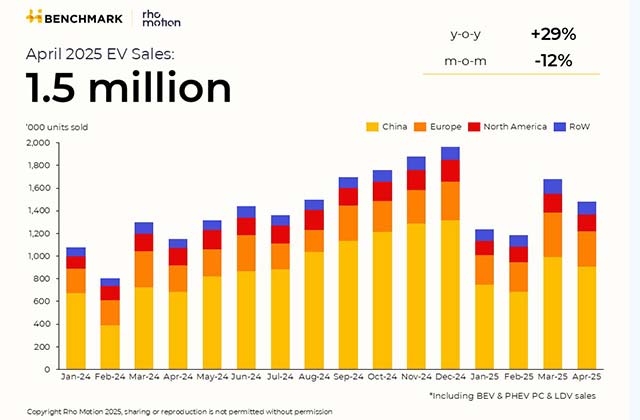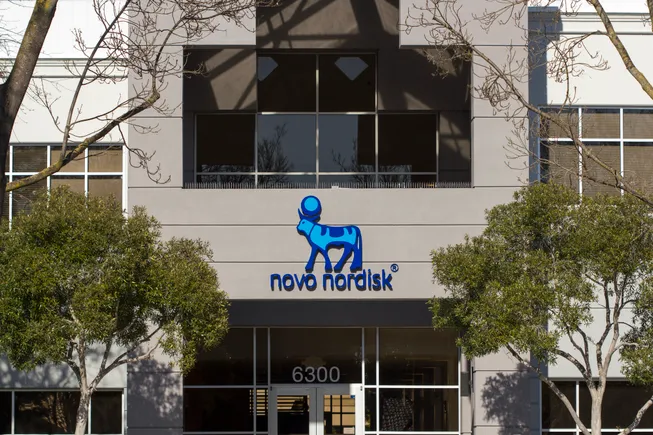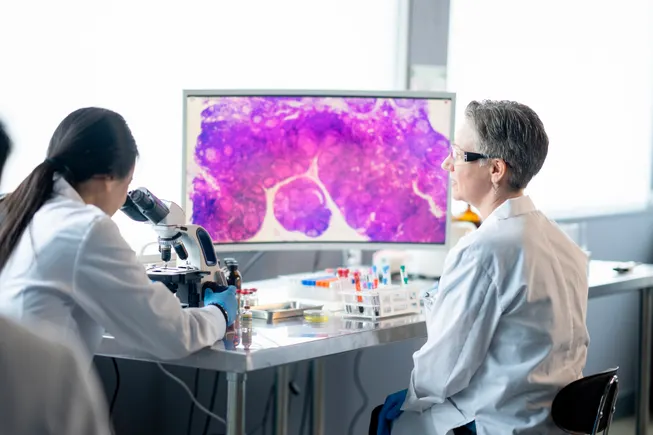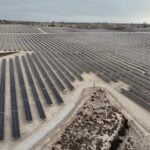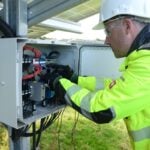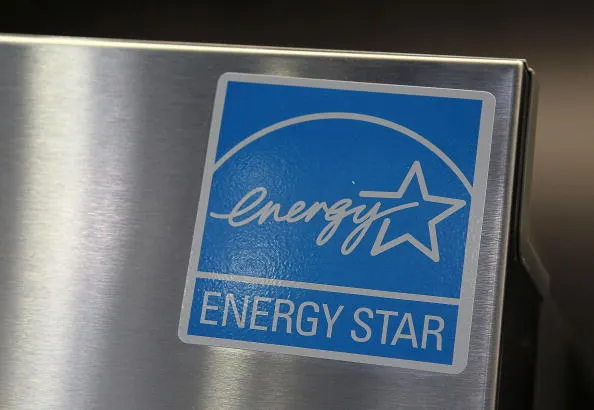Promoted Electrochemical Reconstruction of Glassy Metal–Organic Frameworks for Efficient Electrocatalytic 5‐Hydroxymethylfurfural Oxidation
Advanced Energy Materials, Volume 15, Issue 18, May 13, 2025.

A novel ZIF-CoNi glass with disordered Co–N bond arrangement and weakened Co–N bond in the framework is obtained via a ball-milling and melt-quenching two-step process, which is prone to electrochemical reconstruction with abundant active sites created for efficient electrocatalytic 5-hydroxymethylfurfural oxygen reduction (HMFOR) toward 2,5-furandicar-boxylic acid (FDCA) by enhancing dynamic HMF adsorption and accelerating reaction kinetics.
Abstract
Glassy metal–organic frameworks (MOFs) featured with excellent ionic conductivity and processability have attracted tremendous attention, yet remaining unexplored for electrocatalytic 5-hydroxymethylfurfural (HMF) oxidation. Herein, developed as the first example of glassy MOFs for electrocatalytic HMF oxidation reaction (HMFOR), glassy ZIF-CoNi (ZIF-CoNi(g)) is prepared via a ball-milling and melt-quenching two-step process, which is further electrochemically treated by cyclic voltammetry. The obtained surface reconstructed ZIF-CoNi(g) (R-ZIF-CoNi(g)) exhibits excellent HMFOR performance, with 100% HMF conversion, 99.6% 2,5-furandicar-boxylic acid (FDCA) yield, and 98.5% FDCA faradaic efficiency (FE) achieved at 1.48 V versus reversible hydrogen electrode (RHE). Remarkably, with R-ZIF-CoNi(g) as the anode and Pt/C as the cathode, the integrated membrane electrode assembly (MEA) electrolyzer could reach a current density of 100 mA cm−2 at 1.68 V for simultaneous HMFOR and hydrogen evolution reaction (HER). Experimental results and theoretical calculations demonstrate that the disordered Co–N bond arrangement and then the weakened Co–N bond would promote electrochemical reconstruction happened to ZIF-CoNi(g) with abundant CoOOH active sites created, which benefit HMF dynamic adsorption and HMFOR kinetics. This exemplar success in glassy MOFs for electrocatalytic HMFOR has exploited a novel strategy to the rational design of economic electrocatalysts with electrochemical reconstruction manipulated for efficient biomass upgrading.


























